The Mountains of Uly and Kichi Balkan will become protected areas
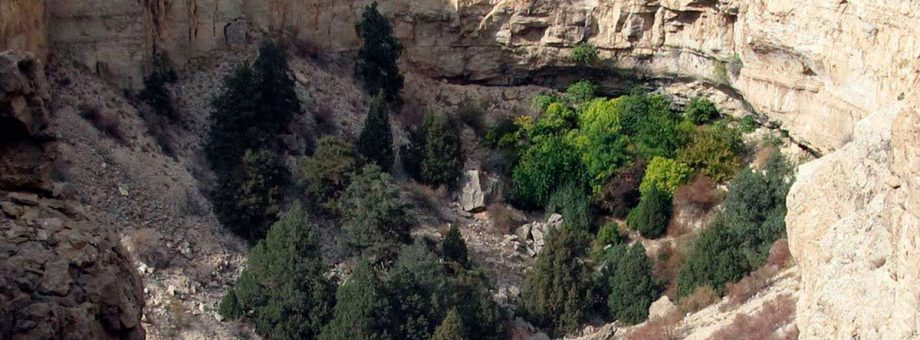
The ecological discourse related to Balkan has lasted almost two centuries. The idea of preserving the nature of this mountain range first arose after the first comprehensive expedition to the Caspian Sea by Grigory Sylych Karelin in 1832, and later in 1836, when the bays of the eastern coast of the Caspian Sea were mapped, in particular parts of the shores of the Garabogazkol bay, the mouth section of Uzboy – one of the ancient channels of the Amu Darya, the mouth of the Etrek River, as well as the Uly Balkan ridge, all of which were described. Subsequent expeditions to the Balkan mountains, organized by zoologists—Mikhail Laptev in the 1920s–30s, and Geldi Shukurov, who studied vertebrate animals from 1940 to 1949—along with biodiversity inventories conducted by scientists in recent times, confirmed the necessity of protecting the ecosystems of this "mountain island amid the desert."
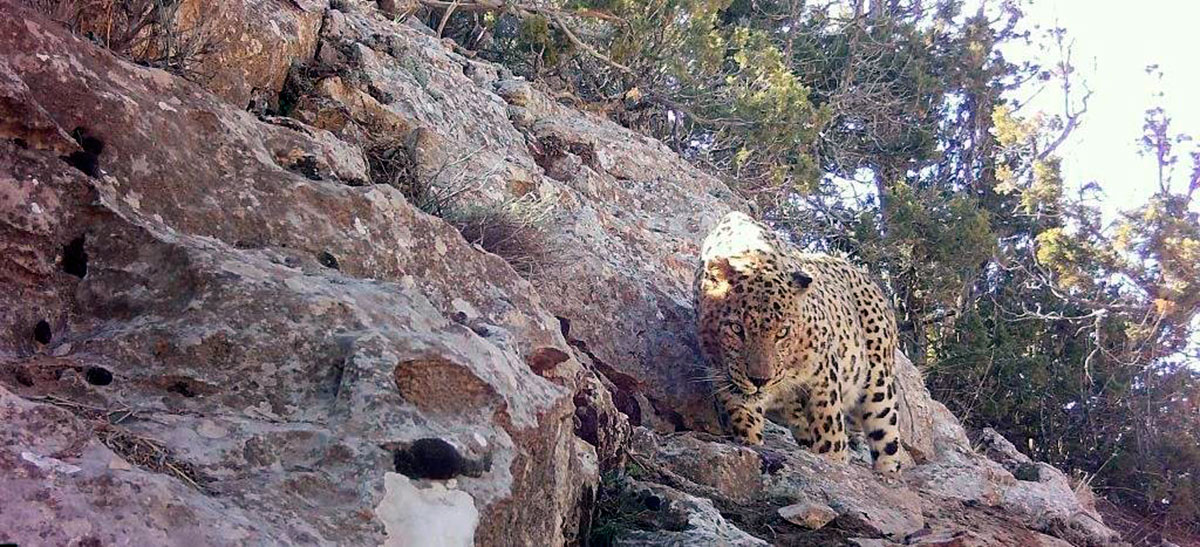
Over the past decades, slopes with springs and accessible highland plateau meadows, which are part of the forest fund, have been turned into pastures for small livestock, with grazing seasons running from May to October. This transformed the ecosystem's appearance and led to the impoverishment of the nature of Uly and Kichi Balkan. Now ecologists plan to resolve this issue in favor of nature protection. A new nature reserve is being established with a core area on Uly Balkan, sanctuaries on Kichi Balkan and Southern Ustyurt. Meanwhile, local herders will retain the foothills of the Balkans and surrounding pastures for their continued activities.
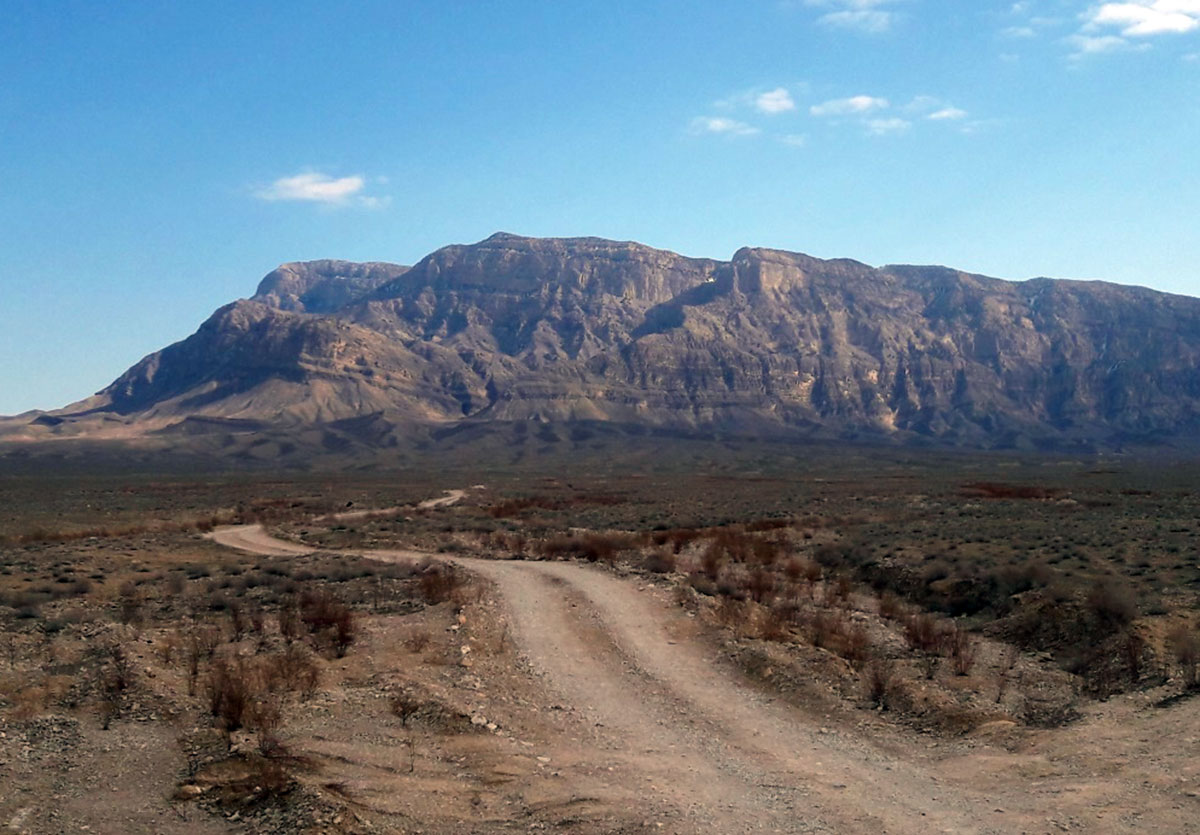
Numerous gorges cut through the ridge along its entire length, forming canyons of extraordinary beauty where steep cliffs reach heights of up to 600 meters. Here two opposites coexist: below is the desert plain, which after an elevation of 800 meters gives way to a mountain steppe with feather-grass and tipchak steppes and sparse juniper open woodlands, with rare patches of upland thorny xerophytic shrubs. The highest peak of the ridge—Arlan (1,880 meters above sea level)—is an asymmetrical anticline structure with a steep, even overturned northern limb and a relatively gentle southern slope. According to the latest data, Balkan hosts two amphibian species, 28 reptile species, 174 bird species, and 45 mammals.
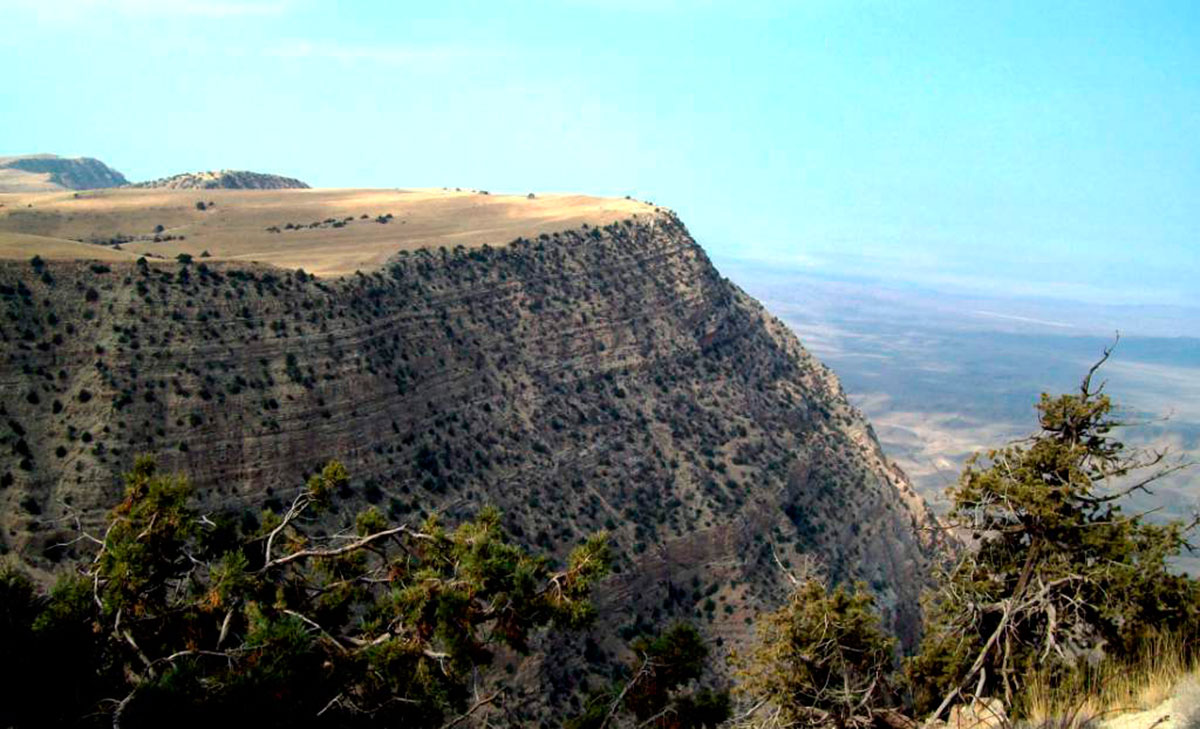
The realm of reptiles is adorned by the gray monitor lizard—the "sand crocodile" of the clay plain—which freely ascends to upland steppes and the hard-to-reach mountain habitats. The largest lizard, reaching up to one and a half meters in length, falls into dormancy starting from the summer heat in July, which transitions into hibernation. One hundred years ago, bezoar goats and mountain sheep (argali) roamed the mountain plateau grasses in herds and served as prey for large predators. Nowadays, the Indian porcupine has become one of the main food sources for the Balkan population of the Central Asian leopard. Consequently, Balkan leopards have migrated to the Ustyurt plain area (including the main part of this elevated area in Kazakhstan), a fact confirmed by ecologists from both countries.
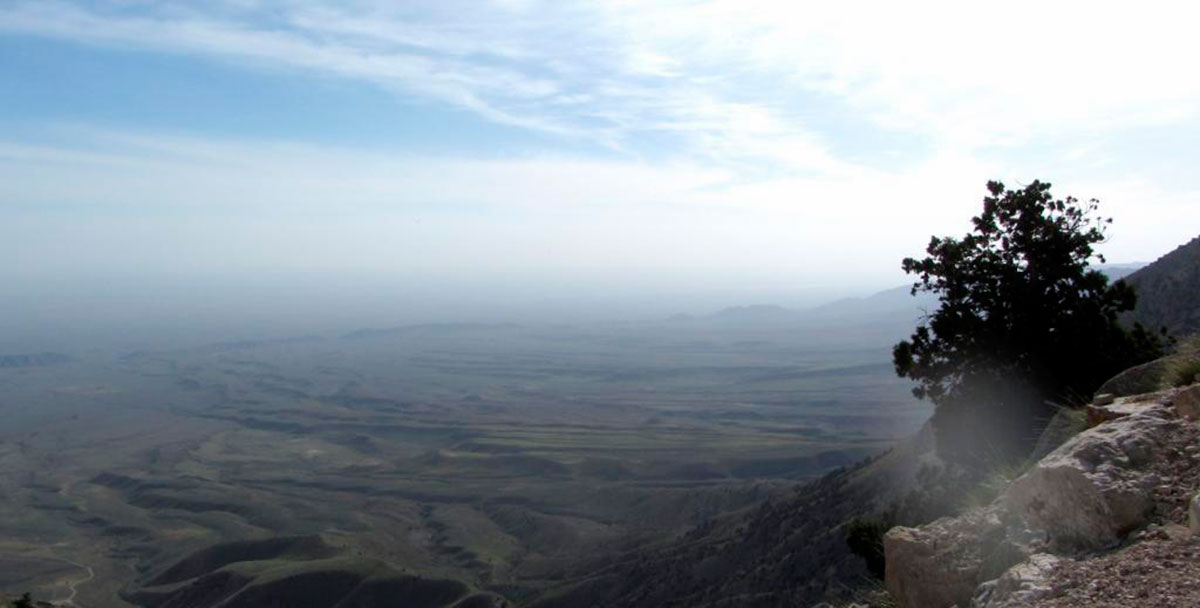
With the reduced pressure from leopards, the populations of wolves and jackals have increased here. Carrion-eating birds—bearded vultures, griffon vultures, Egyptian vultures, and cinereous vultures—have moved to other locations and stopped nesting due to the shrinking prey base of the leopard. Partridges and desert chukars were also more numerous in the past than they are now. Due to the decrease in vegetation cover, populations of the saker falcon, white-throated thrush, black francolin, and juniper nuthatch have declined. Among rare animals found here are Severtsov’s jerboa, Kopetdag hamster, Turkmen corsac fox, stone marten, steppe polecat, Turkmen caracal, and Pallas’s cat.
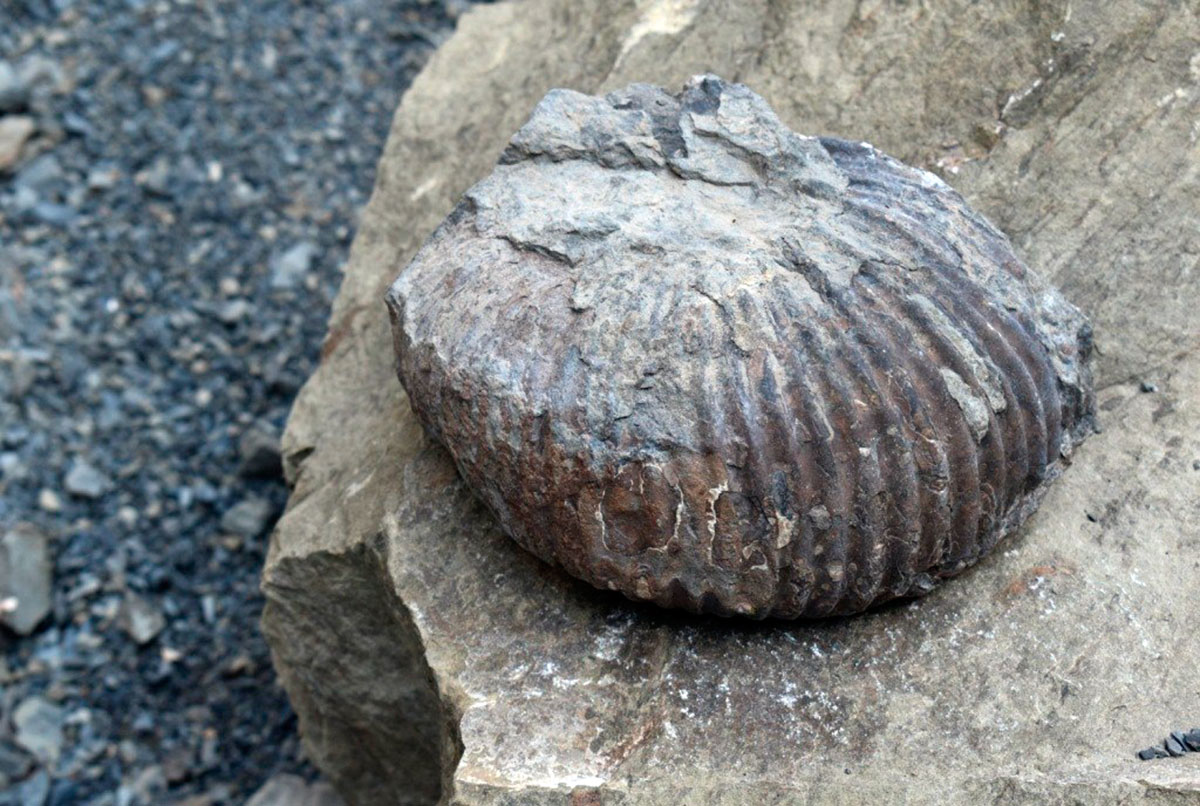
Kichi Balkan is unique with its "lunar" landscapes. Its spring, Chalsuv—meaning "water from a camel's chal"—has unusually tasty water. The highest point of Kichi Balkan is at 780 meters above sea level. In the past, during harsh winters, saiga antelopes migrated from Kazakhstan northward to the mountains of both Balkans, where they were numerous in the last century. This no longer occurs.
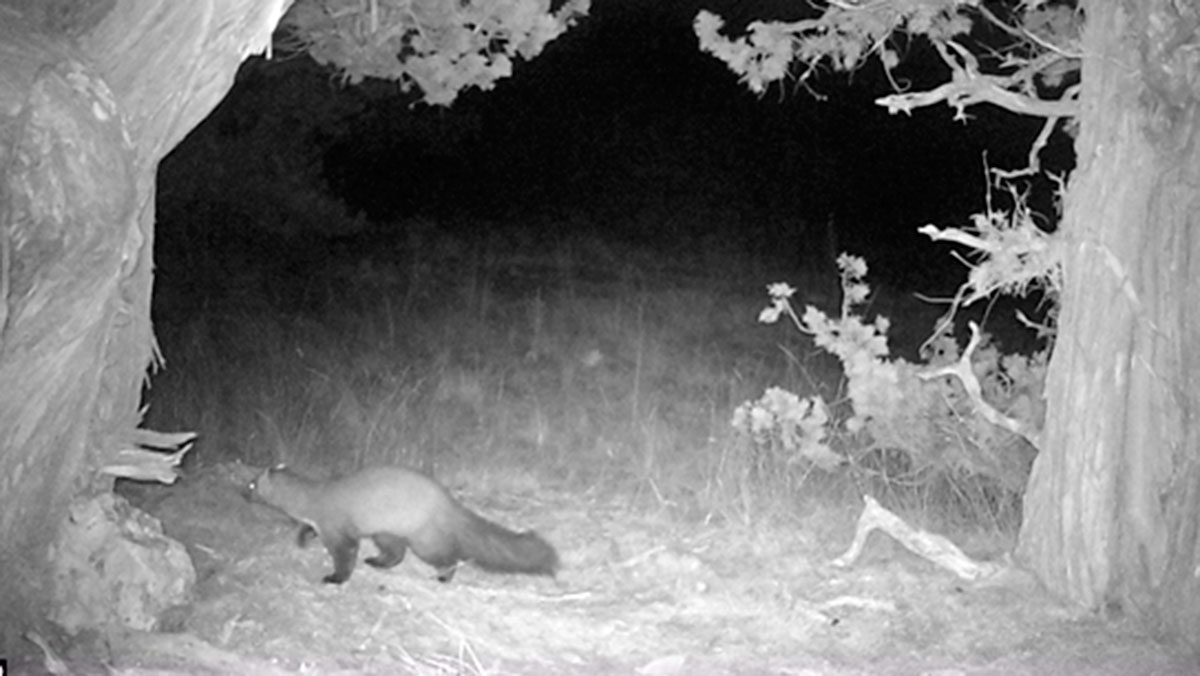
Expanding the network of specially protected natural areas is part of Turkmenistan’s National Forest Program (2021–2025). In addition to establishing a protected region in the Balkan mountains, preparatory activities are underway for the creation of the Zengibaba sanctuary as part of the Gaplangyr State Nature Reserve (Dashoguz velayat) and the sanctuary of the Amu Darya State Reserve, which includes the Pitnyak uplands with a nearby lake. Also, the Tallymerjen plain, where the rare curlew sandpiper stops, will come under the jurisdiction of the Koytendag Nature Reserve (Lebap velayat).

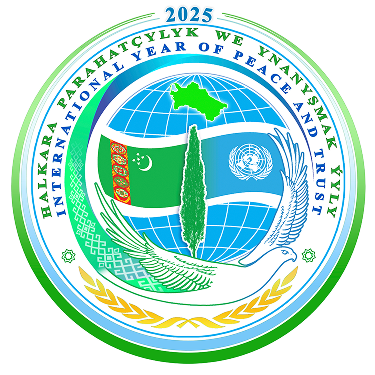

 NEWS
NEWS